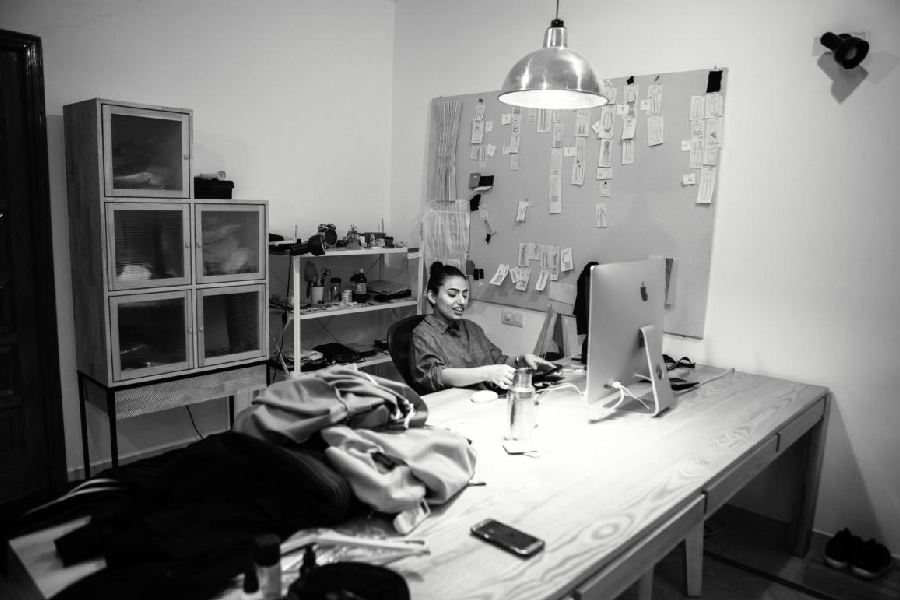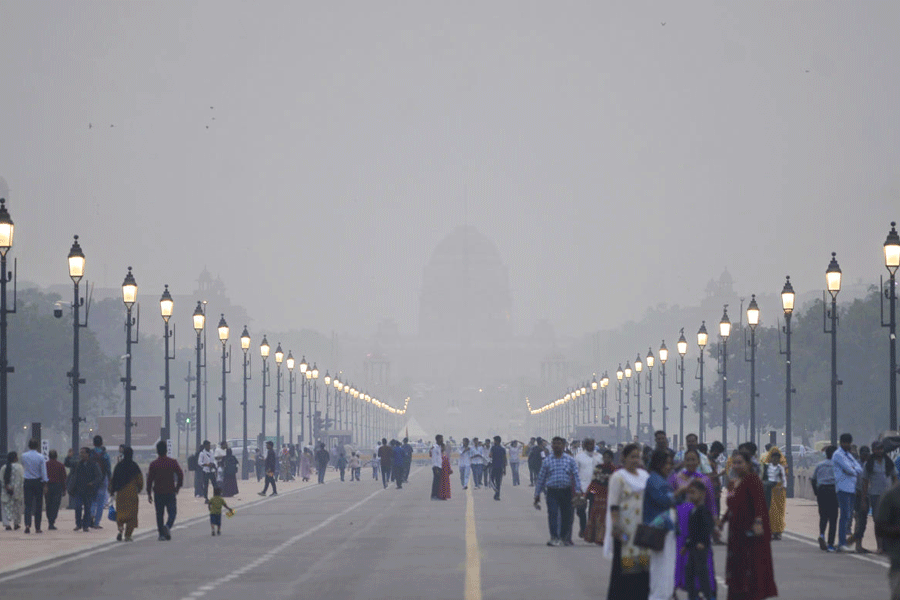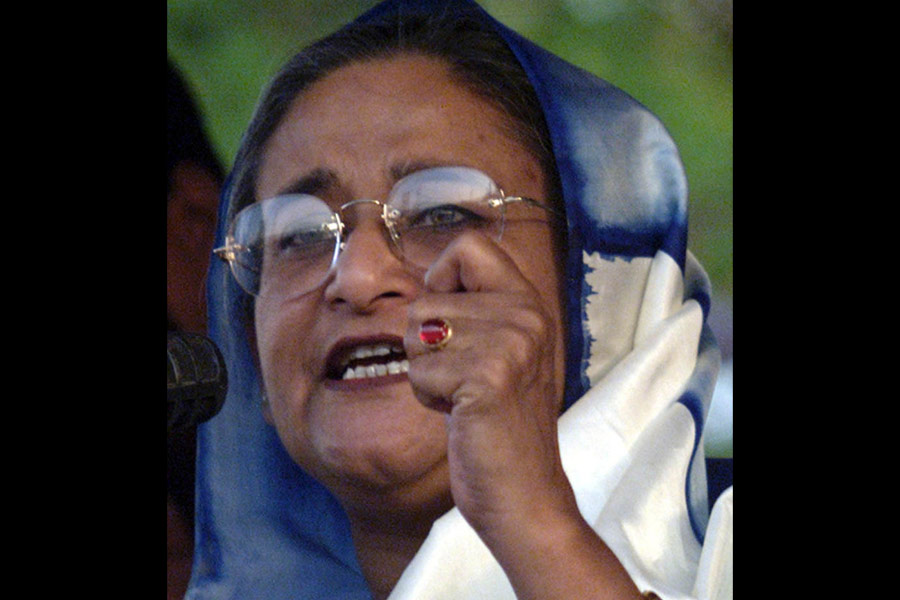The idea for A Few Good Men — a Broadway effort that became a film — and the Beatles song Strawberry Fields Forever have something in common. Both started on blank napkins. There’s no better way to achieve creative freedom than to just start writing or typing. The blinking cursor is meant to lead a series of sentences. The thought has been captured lucidly in Apple’s new campaign for the Mac. The celebration of possibilities is captured in the Academy Award nominee Mike Mills-directed film, narrated by the late Jane Goodall, paired with an original score by Academy Award–nominated composer Emile Mosseri. ‘Great ideas start on Mac’ says the film titled Cursor. We asked a few people from India’s creative community about their Mac experience.
You expect to find Dr Manan Vora in scrubs all day, taking care of patients. He is a young man of many parts, some of which involve being an author of a bestselling book and also a health educator who takes advantage of the power of social media.
The orthopaedic surgeon is often caught leaning over his Mac, preparing his next move to help people. Nothing less than his creative partner, the Mac helps him design presentations, videos and courses to help people understand health in a more holistic fashion. A few years ago, he started creating content on social media, mostly in the health space, which quickly brought him an audience.
“That’s when tech usage kind of increased,” he said over a video call. “Earlier, if I were making a seminar presentation, that was the only time we used tech, otherwise we were usually seen with heavy books. That’s the way we grew up.”
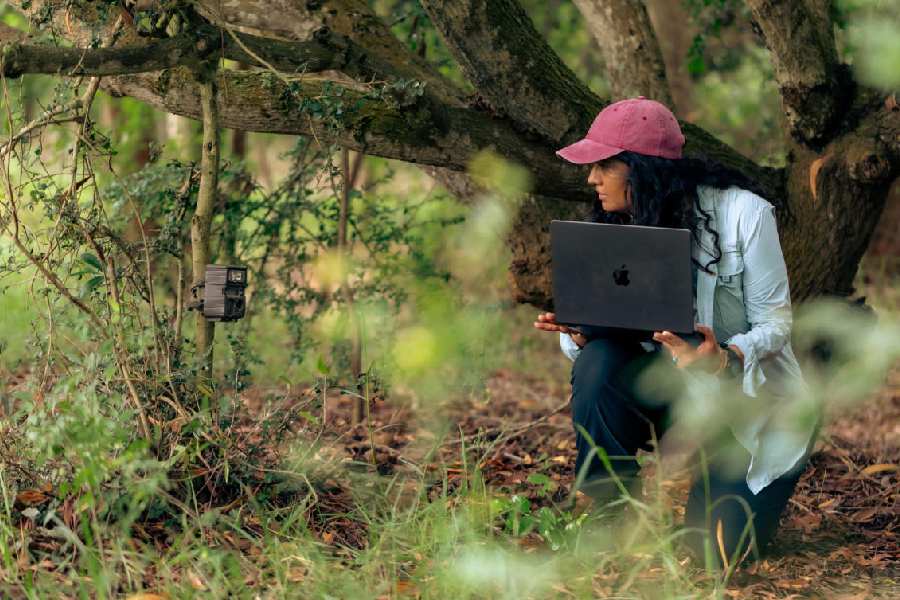
Kartiki Gonsalves
What better way to dive deeper into technology than exploring the range of Apple hardware? “It was more than just the iPhone or AirPods for quick usage.” The Mac has become an important part of his tech routine. “When I started my health content creation journey, that’s when the need kind of increased and that’s when I started integrating the MacBook into my life and started using all the different applications,” said the co-founder of NutriByte Wellness and author of But What Does Science Say?
“One day, while preparing a corporate webinar on health and well-being on my Mac, I realised something powerful — people don’t need more medical jargon, they need clarity. That moment sparked my mission to make science simple. My Mac became my creative partner — where I now design presentations, videos, and courses that help people understand health in a way that truly changes lives.”
Fashion to films
His workflow aligns with Apple’s ‘Great Ideas Start Here’ campaign. Among the best campaign films of the year, in it we see Jane Goodall, offer a message: “Every story you love. Every invention that moves you. Every idea you wished was yours. All began as nothing — just a flicker on a screen asking a simple question: ‘What do you see?’”
In it, a MacBook sits amid the clutter of a busy desk, suggesting it belongs to someone constantly working, thinking of ways to bring about change. Suddenly, images appear — artists, creators, entrepreneurs, musicians, filmmakers and scientists caught in the middle of their creative process. Then come glimpses of their finished ideas, all of which began life on a Mac.
Take the case of fashion designer Ruchika Sachdeva. To bring her fashion-forward concept to reality, she turned to the Mac. Her label: Bodice Studio, which combines elements of minimalist designs with India’s indigenous textiles woven by local artisans in the Himalayas.
“The idea for my last collection was sparked on my Mac. I was exploring how traditional block printing could evolve into something more abstract and architectural. It began as a sketch, became a language of lines and folds, and eventually shaped the entire collection,” she said.
Look at the workflow of Kartiki Gonsalves, a celebrated documentary filmmaker. She won an Oscar for The Elephant Whisperers. She is also a founder of Earth Spectrum, an organisation that merged her passion for adventure to her desire to bring new perspectives and a deeper public understanding of the environmental and humanitarian issues that define our times.
“The idea sparked on my Mac — to bring the wildest, most remote corners of our planet to those who can’t be there, capturing nature’s beauty in a way that inspires people to protect it,” she said.
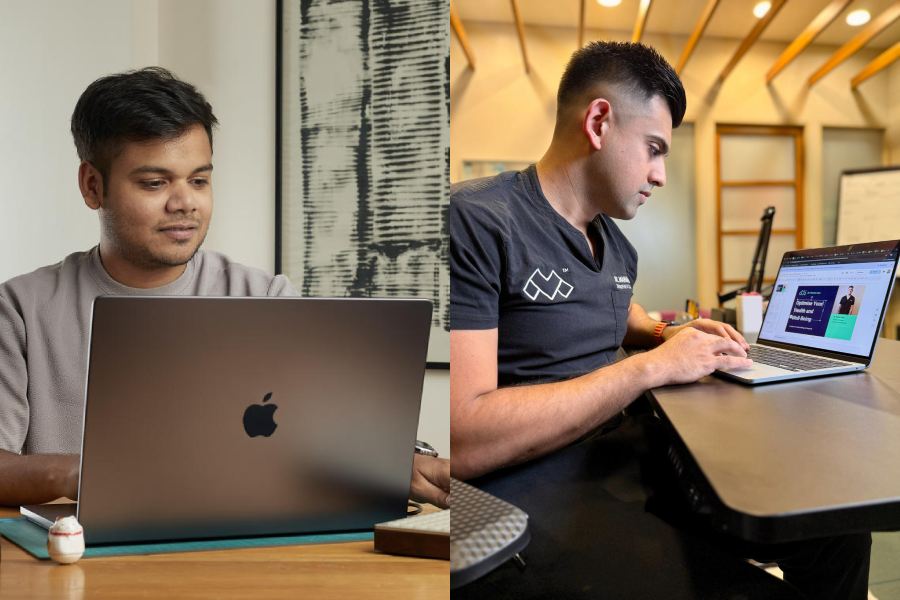
Aaron Myles and Manan Vora
Music makers
Music is another field where the Mac is bringing about changes, as it has for audio technologist Aaron Myles, who is known for creating immersive audiovisual experiences that punch in sound design, interactive visuals and live performance.
His work often involves the use of Apple devices, such as the MacBook Pro with M3 Max chip, for his sound and visual design processes. He’s also conducted Today at Apple session in Delhi in 2024.
“I started learning the piano when I was very young and slowly took a liking to it. Later, I decided to go to music college. One of the main factors that pushed me towards music production: My dad got an iMac in 2013. I think Logic (Pro) and GarageBand were the first things that I found. I then learnt the guitar. I think being a musician and a music producer, being on a Mac is like a no-brainer because you don’t have to deal with audio dropouts and all that stuff,” he told us over a call.
For him, the Mac is the daily driver in all the work he does. “I’m glad that I got an M3 Max. I’ve been running that since 2024. Before that, I had an M1 Pro, which is still rock solid,” he said. The Mac has been “transformational” in his creative journey. “I don’t think I would have been in this space if I didn’t have access to this tech. If I didn’t have a Mac in the house, and GarageBand wasn’t there on it… free… I don’t think life would have led me to be at this point. I can’t imagine any installation of mine running without a Mac. It’s literally the core of whatever I do.”
Musicians like A.R. Rahman are known to be power users of Apple products. Myles looks up to musicians like Sohn, who uses the Mac well. “You’ll be hard-pressed to find a music professional who’s not using Mac at this point. It’s about reliability.” He also mentions Max Cooper, who runs his shows off a Mac.
Be it Dr Vora or musician Myles, they are using the Mac to push their boundaries. The former is working on setting up a health digital-coaching ecosystem “out of the MacBook”. He said: “I am planning to create an entire platform where I can cater to patients all over the world who suffer from knee pain or back pain with online courses. So that is something that I am very much going to be using a MacBook for… maybe an iMac… in the future.”
To look at more examples of Mac in workflow, turn to Alice Wong. Disabled voices are often under-represented in publishing, journalism and pop culture. To rewrite that narrative, Wong took to her MacBook Pro and founded the Disability Visibility Project — creating a website and brand identity and recruiting participants via social media. Because she’s unable to speak, Alice uses the Spoken Content accessibility feature to have Mac voice her thoughts. And she uses Mail and Zoom on a daily basis to champion disabled voices. Like Goodall said, ideas begin with the flicker of a cursor. What’s your idea?

